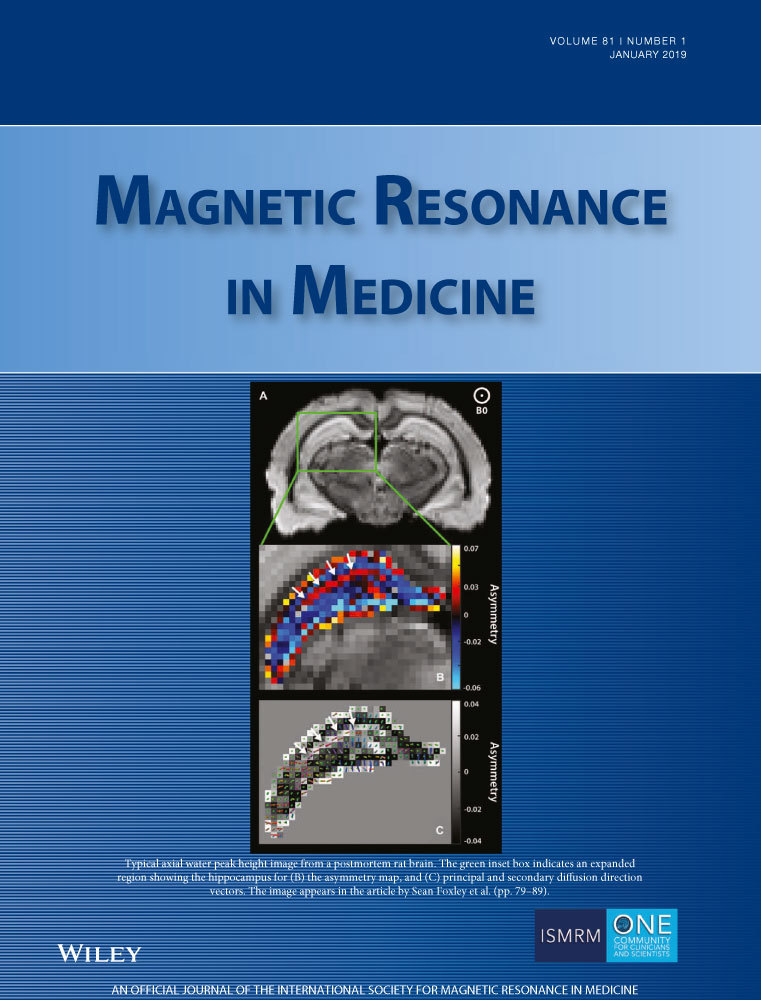Assessment of the generalization of learned image reconstruction and the potential for transfer learning
Funding information
National Institutes of Health, Grant/Award number NIH P41 EB017183; Austrian Science Fund (START project BIVISION Y729); European Research Council (Horizon 2020 program); and ERC starting grant “HOMOVIS,” Grant/Award number 640156
Abstract
Purpose
Although deep learning has shown great promise for MR image reconstruction, an open question regarding the success of this approach is the robustness in the case of deviations between training and test data. The goal of this study is to assess the influence of image contrast, SNR, and image content on the generalization of learned image reconstruction, and to demonstrate the potential for transfer learning.
Methods
Reconstructions were trained from undersampled data using data sets with varying SNR, sampling pattern, image contrast, and synthetic data generated from a public image database. The performance of the trained reconstructions was evaluated on 10 in vivo patient knee MRI acquisitions from 2 different pulse sequences that were not used during training. Transfer learning was evaluated by fine-tuning baseline trainings from synthetic data with a small subset of in vivo MR training data.
Results
Deviations in SNR between training and testing led to substantial decreases in reconstruction image quality, whereas image contrast was less relevant. Trainings from heterogeneous training data generalized well toward the test data with a range of acquisition parameters. Trainings from synthetic, non-MR image data showed residual aliasing artifacts, which could be removed by transfer learning–inspired fine-tuning.
Conclusion
This study presents insights into the generalization ability of learned image reconstruction with respect to deviations in the acquisition settings between training and testing. It also provides an outlook for the potential of transfer learning to fine-tune trainings to a particular target application using only a small number of training cases.




